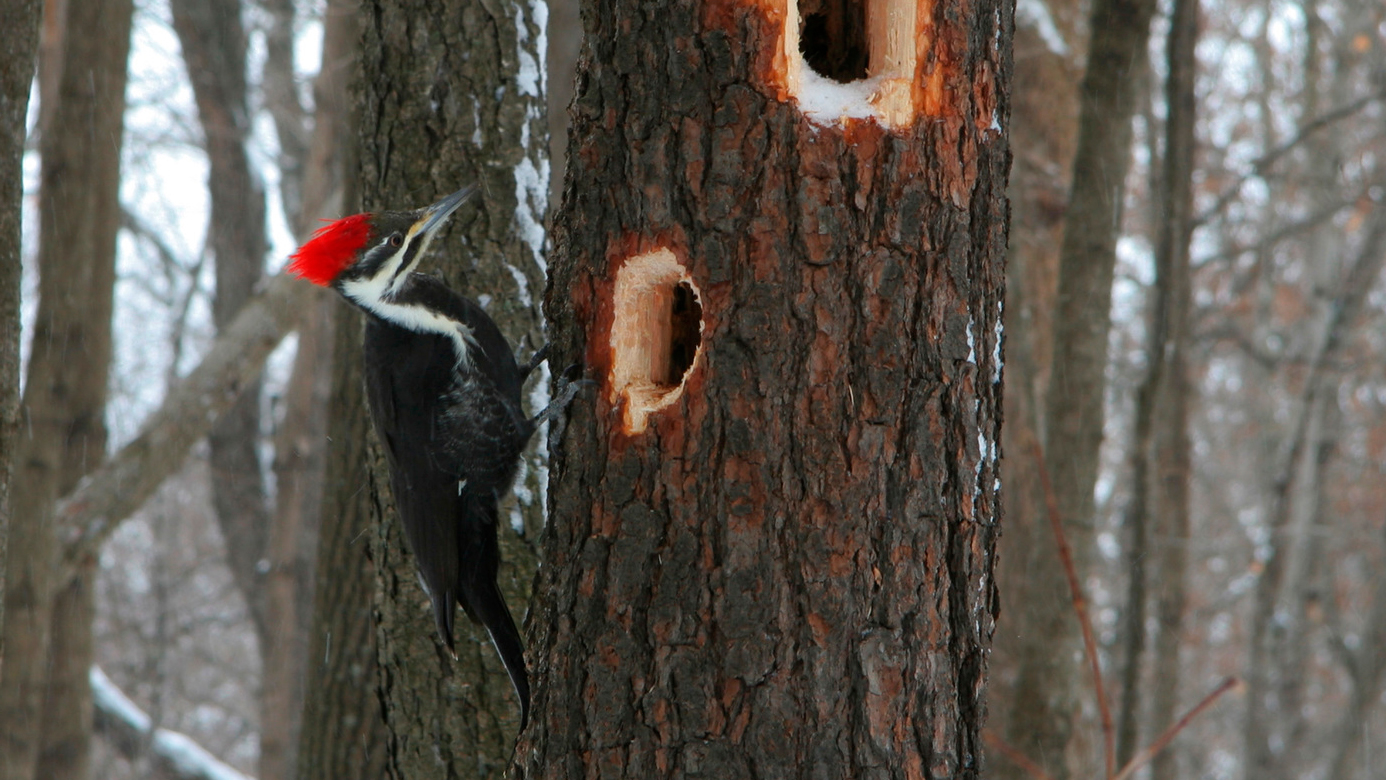Discover the Remarkable World of Woodpeckers: Whatever You Need to Know
The globe of woodpeckers is a realm filled up with special habits, detailed adaptations, and a diverse selection of varieties. From their environments and distribution patterns to their feeding behaviors and specialized physiological features, woodpeckers have long mesmerized the rate of interest of ornithologists and nature fanatics alike. Understanding the complexities of these remarkable birds supplies a glimpse right into the complex interaction in between their biology and the setting. As we explore the globe of woodpeckers better, we reveal a wealth of information that clarifies their value in ecological communities and the difficulties they deal with in an ever-changing globe.
Woodpecker Habitats and Distribution
Woodpeckers inhabit a diverse series of atmospheres worldwide, showcasing versatility in their circulation patterns. These resistant birds are located in forests, forests, savannas, and deserts across different continents, demonstrating their capacity to thrive in different climatic problems. In The United States and copyright, for example, woodpeckers can be identified in both coniferous and deciduous forests, using their strong beaks to forage for insects and develop nesting cavities in trees. In Africa, particular woodpecker species have actually adapted to arid atmospheres, such as the acacia woodlands, where they play an essential duty in regulating insect populaces.

Feeding Behaviors and Diet Plan
Among the numerous elements of their actions, woodpeckers show unique feeding routines and dietary preferences. These birds are mainly insectivores, with a diet plan that includes ants, beetles, caterpillars, and various other bugs found in trees. Woodpeckers utilize their solid beaks to drill right into the bark of trees, penetrating for insects and larvae hidden under the surface area. Along with pests, woodpeckers likewise consume nuts, seeds, fruits, and sap. Some species have specialized tongues with barbed tips that help them extract pests from gaps in timber.
Woodpeckers are understood for their drumming actions, which offers not only to communicate with other woodpeckers but additionally to find food. The fast drumming noise is developed by the bird pecking on resonant surface areas like dead trees or steel posts. This actions can draw in insects concealed in the wood, permitting the woodpecker to spot their existence and eat them.
One-of-a-kind Adaptations for Tree Climbing
In their check my reference adept pursuit of insects hidden within tree bark, woodpeckers have actually developed impressive anatomical functions that equip them with unique adjustments for efficient tree climbing. One of the essential adaptations is their zygodactyl feet, with two toes pointing ahead and two directing backward, giving a solid hold on tree trunks. This customized foot arrangement allows woodpeckers to hold on to upright surface areas effortlessly, allowing them to go up and down trees with dexterity. Additionally, woodpeckers have tight tail plumes that function as an encouraging prop while you could try here they climb up, assisting in equilibrium and security. Their solid, chisel-like beaks are not only made use of for boring into timber but likewise for gripping onto bark as they ascend tree trunks. Moreover, woodpeckers have strong neck muscles and a distinct head framework that take in the influence of constant pecking, enabling them to climb up and down without triggering harm to their brains. These adjustments display the extraordinary evolutionary style that enables woodpeckers to browse trees with precision and performance.
Diverse Woodpecker Types Worldwide
With over 200 different species spread out across various environments worldwide, the household of Picidae encompasses an impressive diversity of woodpeckers. These birds can be located in woodlands, forests, savannas, and also city areas, showcasing their versatility to different environments. From the famous Northern Flicker in North America to the vibrant and evasive Crimson-backed Flameback in Asia, each woodpecker types displays distinct characteristics in regards to plumage, habits, and habitat preference.
Woodpeckers differ greatly in dimension, with the diminutive Downy Woodpecker measuring around helpful resources 6-7 inches in length, while the powerful Lineated Woodpecker can get to up to 17 inches - Woodpeckers in Florida. Their beaks additionally are available in different sizes and shapes, showing their feeding practices. Some types specialize in extracting insects from tree bark, like the Acorn Woodpecker, while others, such as the Black-cheeked Woodpecker, eat fruits and seeds

Conservation Initiatives and Difficulties
Preservation initiatives for woodpecker populaces are important in reducing the influence of habitat loss and various other hazards facing these diverse avian types. Woodpeckers encounter different obstacles to their survival, mostly because of logging, urbanization, climate change, and invasive varieties. To resolve these concerns, preservation initiatives focus on securing and bring back woodpecker habitats, executing lasting forestry methods, and increasing understanding concerning the relevance of these birds in ecosystems.
One significant difficulty in woodpecker preservation is the fragmentation of their environments, causing isolated populaces that are more at risk to termination - Woodpeckers in Florida. Guardians function to develop wild animals corridors and safeguarded locations that attach these fragmented habitats, enabling woodpeckers to relocate in between various locations for feeding, breeding, and sanctuary

Final Thought
To conclude, woodpeckers are remarkable birds with distinct adjustments for tree climbing and feeding behaviors. They can be discovered in diverse environments worldwide, dealing with preservation obstacles as a result of environment loss and human activities. Recognizing their environments, diet plans, and habits is critical for conservation efforts to safeguard these crucial bird species. Additional research study and conservation activities are required to guarantee the survival of woodpeckers in the wild.